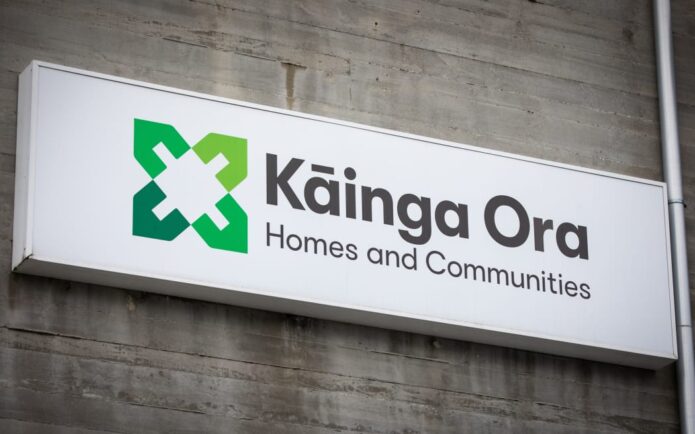PHOTO: The nation’s biggest bank says the historic run of low interest rates will likely end soon. FILE
PUBLISHED WITH PERMISSION – API MAGAZINE
Australia’s biggest bank has called time on record-low interest rates, with economists at Commonwealth Bank tipping the Reserve Bank will hike rates in November next year, rather than in 2024 as expected.
CBA economists said Australia’s strong labour market and wage growth would force the RBA’s hand by late next year, forecasting the official cash rate to be increased initially to 0.5 per cent by December 2022, before peaking at 1.25 per cent in the third quarter of 2023.
“The Australian labour market has tightened at a phenomenal pace and underutilisation in May was at its lowest since early 2013,” CBA head of Australian economics Gareth Aird said.
““The forward looking indicators of labour demand are very strong yet labour supply is constrained, which means the labour market will continue to tighten very quickly and wages growth will accelerate.
“The Commonwealth fiscal stance as well as the targeted level of net overseas immigration in 2022/23 will have a large bearing on nominal wage outcomes and therefore the path of interest rates.”
The Reserve Bank has stated for months that while Australia’s economic recovery from the pandemic has been strong, it does not expect inflation and wage growth to support an increase in the official cash rate until 2024.
But Mr Aird said there were several scenarios that could result in the RBA hiking rates even earlier than November 2022.
“We believe that the RBA cannot achieve their objectives of full employment and inflation ‘sustainably in the target’ without the assistance of the Commonwealth Government,” Mr Aird said.
“More specifically, fiscal settings need to remain stimulatory and net overseas immigration cannot catapult back to strong pre-COVID levels if wages growth is to remain at 3% per annum or above.
“As such, there are two key assumptions that underpin our RBA call: (i) fiscal policy remains expansionary over the next few years; and (ii) net overseas immigration increases from mid-2022, but at a slower rate than pre-COVID.
“While there is a high degree of uncertainty over our second assumption, we think that policymakers are more cognisant of the link between immigration and wages due to the pandemic.
“As a result, we anticipate immigration targets will be recalibrated so that the desired tightening in the labour market is not derailed by the reopening of the international border.
“A more nuanced approach to population policy will enable higher wage outcomes to materialise in a sustainable way and will allow monetary policy to be normalised.”
Mr Aird said the CBA had picked late 2022 as the likely time that the RBA would move on rates because consumers and businesses would be in a “euphoric mood”, with COVID-related disruptions a thing of the past.
Resumption of international trade will also boost the economy significantly, with the CBA expecting it to be running at maximum capacity by late next year.
Chief executive of digital lender WLTH, Brodie Haupt, however, said he believed the CBA’s presumptions were “fairly extreme”, particularly when considering the recent COVID outbreaks in Melbourne and Sydney.
“Dare I say it, that COVID could potentially have some positive effects in this scenario by delaying the aggressive cash rate hikes that have been predicted, from a consumer’s perspective,” Mr Haupt said.
“Digital and non-bank lenders will see the cash rate increases as an opportunity to take further market share from the major banks, by educating their customer bases on the positive use case for fixed rates prior to the rates potentially increasing in the back half of 2022.
“By offering long fixed rate periods to help customers reap the rewards of increasing rates.
“Which is contrary to the fear mongering the majors convey in a market where interest rates are coming down by making large marketing pushes to lock customers in on fixed rates before the market bottoms out.”














